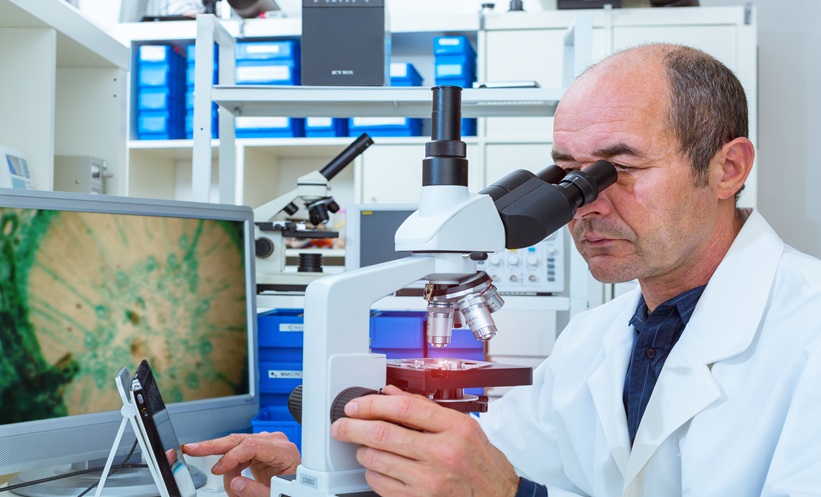FUNGAL infections in lung transplant patients are facilitated by elevated tissue iron, according to researchers from Stanford University, California, USA. The findings could lead to new therapies for these pulmonary infections, which develop in around one-third of lung transplant recipients.
Iron Distribution
The team investigated why certain lung transplant recipients are particularly susceptible to Aspergillus fumigatus, a mould that is highly prevalent in hospitals. In order to discover the key factor causing the fungi to invade tissue, windpipes were transplanted in a mouse model, from one mouse to another. During this process, the transplanted tissue bled and collected high levels of iron. A similar distribution of iron was then observed in human transplant patients, with a larger amount in the transplanted tissue compared with the host.
Invasion of the Transplant
Aspergillus was introduced into the mice to observe the reaction with or without access to iron. This showed that when more iron was provided the pathogen would invade the transplant and greater levels of iron led to deeper progression into the tissue. This helps explain why some patients get infected and others do not.
“You could have lots of Aspergillus in the airway, which is fine because its everywhere, but it wouldn’t penetrate the tissue unless there was iron beneath it,” explained senior author Prof Mark Nicolls, University of Stanford.
Novel Treatment Method
The researchers therefore suggest that starving Aspergillus of iron by modifying tissue iron levels may prevent the infection occurring. This is the basis of an innovative technique involving a chemical solution to capture excess iron that Prof Nicolls has been involved in developing.
“The capacity to deliver these compounds directly to the lungs is novel,” said lead author Dr Joe Hsu, Stanford University. “For the first time, we have a new way to treat these infections aside from antibiotics that try to wipe out the organism itself.”
Drug Resistance
Currently, lung transplant patients are usually given antifungal medications to try and prevent infection; however, these pathogens are becoming increasingly drug-resistant, meaning new forms of therapy are required.
James Coker, Reporter
For the source and further information about the study, click here.








